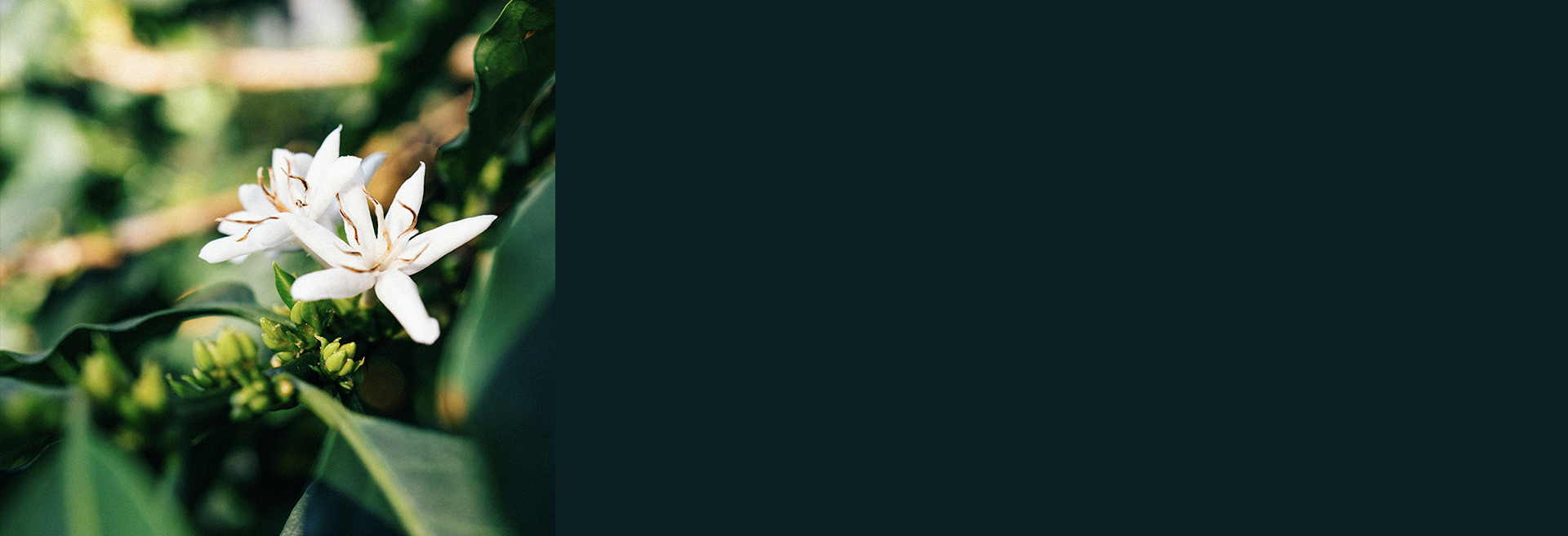Ethiopia
Chelbesa, Crop 20/21
250g
Terroir Best Lot
QUALITY SCORE: 89.75
Cup Notes
Jasmine / Bergamot / Melon / Peach / Apricot
Suggested for espresso and filter
when we roast
We freshly roast to order all coffees on Monday, Wednesday and Friday (excluding national holidays), and ship the same day! Cut-off time is 11:59pm (UTC+1) of the day before the roast day. *We only ship whole beans*
Details
- Quality Score
- 89.75
- Series
- Terroir Best Lot
- Producer
- Several Small Farmers
- Country
- Ethiopia
- Terroir
- Yirgacheffe
- Altitude
- 1950-2200 masl
- Process
- Classic Washed - Raised Beds
- Arabica cultivar
- Wolisho & Dega
- Picked in
- Dec 2020 - Feb 2021
- Arrived in
- October 2021
- Shipped in
- Jute + GrainPro
- Roast profile by
- Rubens Gardelli
- Roasted on
- Customised solid-drum roaster
THE STORY BEHIND
We are so happy to be working again with Chelbesa Village for the second year straight.
Located in the Gedeo zone of the Gedeb district, Worka Chelbesa is one of the finest coffee producing areas in the famous Gedeb Woreda. Known for its dense, layered semi-forest vegetation structure, encompassing false banana trees as well as shade-grown coffee trees, Chelbesa is a great example of the best coffee-growing agro-ecology.
In 2019, SNAP Specialty Coffee built their new wet mill in a small hamlet called Danche in the Chelbesa Village with the hope of purchasing high-quality ripe cherries from the nearby farmers in the village.
The fermentation tanks of the wet mill are made of ceramic to bring out clarity in lots processed and to speed up the fermentation by retaining heat inside the tank.
This lot consists of cherries coming from 476 smallholder farmers delivering their harvest to the mill. The most common type of soil in the area is red brown, a particularly fertile soil type, highly acidic and rich in iron.
THE VARIETY
DEGA
Dega is a regional landrace named after an indigenous tree. The wood of the Dega tree omits a sweet, fragrant aroma, when burned for firewood, that is peculiarly similar to the smell emitted during coffee roasting. The Amharic word “dega” means “cool highland area”, that also describes the agro-ecological conditions where Dega coffee grows.
WOLISHO
The Wolisho varietal is a typical ancient variety that is found in the highlands of Ethiopia.
Wolisho is a regional landrace named after a tree indigenous to Gedeo and the surrounding area. This tree bears large fruit with inconsistent yearly yields. Wolisho plant is distinguished by its large fruits, tall canopy, stiff stem, and long leaves. Due to the tree height, the fruits take longer time to mature, and the slow maturation accounts for high quality of the beans.
THE FERMENTATION PROCESS
Washed coffees showcase solely the bean. They let you taste you what’s on the inside, not the outside. Washed coffees depend almost 100% on the bean having absorbed enough natural sugars and nutrients during its growing cycle. This means the varietal, soil, weather, ripeness, fermentation, washing, and drying are absolutely key.
Washed coffees reflect both the science of growing the perfect coffee bean and the fact that farmers are an integral part of crafting the taste of a coffee bean. When looking at washed coffees, it becomes apparent that the country of origin and environmental conditions play a vital role in adding to the flavour.
During wet processing, the pulp (i.e.the exocarp and a part of the mesocarp) is removed mechanically. The remaining mesocarp, called mucilage, sticks to the parchment and is also removed before drying. During this process, the sugars present in the mucilage are removed through natural fermentation or mechanical scrubbing. Mucilage is insoluble in water and clings to parchment too strongly to be removed by simple washing. Mucilage can be removed by fermentation followed by washing or by strong friction in machines called mucilage removers. Fermentation can be done by stacking the coffee outside or placing it under water and allowing nature to take its course. After the sugars are removed, the beans then can be taken through a secondary washing to remove any additional debris, or taken immediately to the beds for drying.




